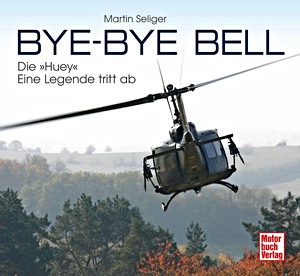Bell UH-1 Huey sur tous les fronts
Célèbre grâce à des films tels qu'Apocalypse Now, Platoon ou We Were Soldiers, le Huey demeure l'outil essentiel de l'US Army pendant la Guerre froide. Initié dans les années 1950 pour développer un hélicoptère plus robuste, il entre en service aux États-Unis au début des années 1960.
D'abord conçu pour les évacuations médicales, sa solidité incite Washington à créer plusieurs versions, adoptées par l'USMC et l'US Air Force. Durant la guerre du Viêtnam, le « Huey » acquiert sa renommée, servant en tant qu'hélicoptère de transport, d'évacuation sanitaire, d'attaque au sol avec des paniers à roquettes, ou de soutien avec des mitrailleuses M60.
À la fin de la guerre, il est exporté dans plus de dix pays, en plus de trente versions distinctes. Cet ouvrage, illustré par Luca Canossa avec des vues 3D, des photos inédites et des profils de qualité, constitue la référence sur ce mythique hélicoptère.
Detalle del libro
| Autor: | Luc Vangansbeke |
|---|---|
| Presentación: | 120 páginas, 25.5 x 18.5 x 0.8 cm, tapa blanda |
| Ilustración: | ricamente ilustrado con fotos en b/n y color |
| Editorial: | Editions Caraktère (F, 2021) |
| ISBN: | 9782916403427 |

Bell UH-1 Huey sur tous les fronts
Idioma: Francés
Disponible en Amazon - pago segura y entrega rápido
Comprar en Amazon.com








